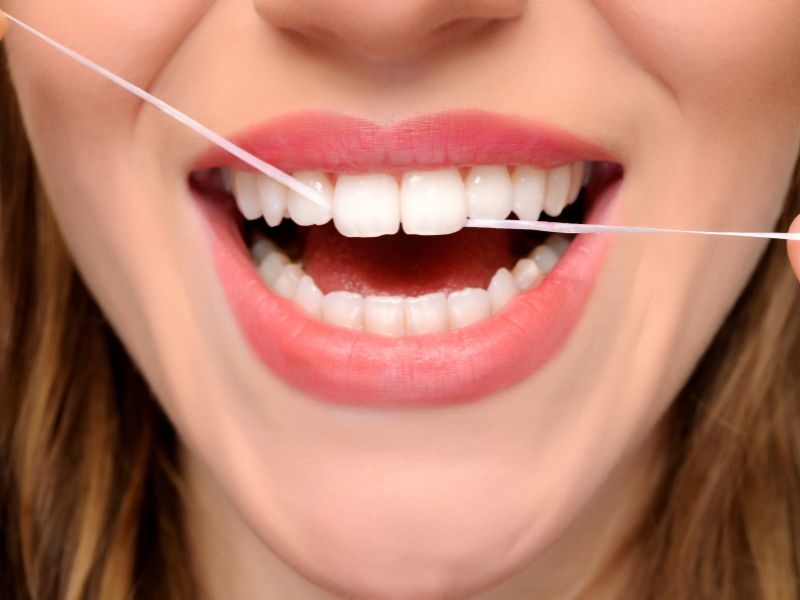As many of you already know, to ensure optimal oral health it is essential to carry out daily oral hygiene routines, otherwise the origin of cavities and tartar in the mouth is encouraged.
The most common instrument, when performing the aforementioned oral hygiene, is the toothbrush. However, there are also other very useful, effective and necessary tools for more thorough clearance. One such instrument is… Flossing!
What is dental floss?
This floss, also known as dental floss, is one of the most well-known elements for oral hygiene. By using it we can eliminate the leftovers of food accumulated between the teeth, thus avoiding the formation of bacterial plaque or tartar.
There are many advantages to using it, as it prevents bad breath or unpleasant mouth odor, prevents the formation of cavities and the risk of dental diseases (usually caused by bacteria), as well as stains on the teeth. In addition, it usually reduces bleeding of the gums and their inflammation, improving the health of these.
Its daily use is very important to have the gums and teeth healthier, since with the thread we get to areas of the teeth that usually with the brush we can not reach, so it should complement the use of both, brush and thread.
Types of yarn
Depending on its surface there are several types, such as yarn with or without wax, dental tape (with greater surface) or superfloos.
Superfloss
In particular, the superfloss is very useful in cases where the thread can not be used, as in patients with fixed prostheses, crowns, bridges or orthodontic appliances (for example retainers or braces) because thanks to this type of silk, which has a rigid end like a needle and comes in individual parts, we manage to insert it under these elements and remove the remains between tooth and tooth.
Wax thread
As for the thread with wax improves the cleaning efficiency and is less harmful than the superfloss, instead, it drags less plaque, so it is usually indicated in patients with less dexterity or who have interproximal fillings.
How should you floss?
Should be taken approximately 45 centimeters of thread. They tie their ends in the index fingers of the right and left hand with a little shape, so that we keep the thread tense, after this we slide with the help of the thumbs to two or three centimeters of the ends pressing carefully between the teeth to not hurt our gum, and once in the closest part to this we move it from bottom to top on the surface of our teeth, eliminating the accumulated plaque.
When should we use thread and when should we use interdental brushes?
Both silk and interdental brushes serve the same purpose, but depending on the space between our teeth it will be better to use one thing or another. For example, if the space is very large and we floss, it comes and goes very easily but does not drag the remains of food, since it does not reach the surface of the teeth, so we should use an interdental brush, which has a larger surface.
Most patients are unaware of the many advantages of using thread and other cleaning elements in oral hygiene, so we recommend that you go to your annual cleaning to help us improve it.
In all our dental cleanings at Gross Dentists we spend time teaching you how to improve your dental hygiene by explaining these types of techniques in detail and we also help you choose the best interdental cleaning element for each person, so don’t hesitate to call us!
Especialista en implantología y técnica All-on-4. Amplia experiencia en la realización de implantes dentales y otros tratamientos dentales.


